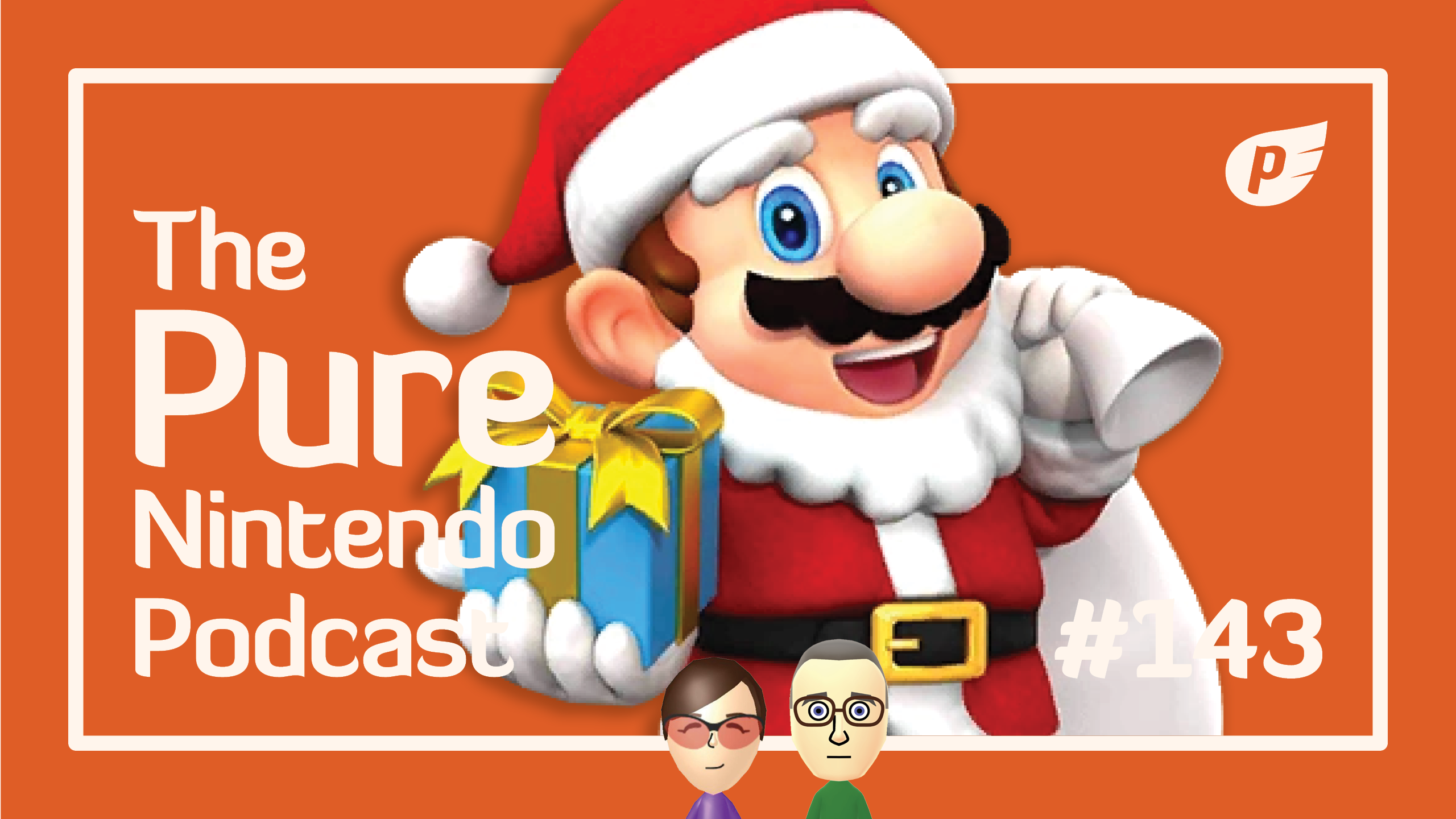The Master’s Pupil Review Mini – Review Mini

A unique journey through the eye of the beholder.
The Master’s Pupil is a straightforward, puzzle-platformer that places a strong focus on its visual design. The entire game is composed of hand-painted elements by designer Pat Naoum that intertwine with the work of classical artist Claude Monet. It forgoes complex shaders to instead provide a crisp, clean, and uncomplicated presentation.
The experience plays out as a 2D platformer, with the player’s only agency being movement and jumping. Select items can be pushed by running into them, but the platforming never gets more complex than that. Instead, The Master’s Pupil presents challenge in puzzles. Most of these revolve around bringing a colored object to a blockade of the same color. This object could be a small ball that must be rolled through hazards, or even you yourself by mixing colors onto your character. For example, to get through a blue barrier you may need to coat yourself in a spout that sprays the color blue, without accidentally passing through another spraying red, lest you wind up purple. The diversity of challenging puzzles pulled from a relatively limited set of variables is truly impressive, and I never got bored with the puzzles or felt like I was repeating the same one.
As you play, the story of Monet’s life is told entirely through subtext. The player is literally traversing the pupil of Monet’s eye, as he slowly loses his eyesight to the very barriers you’re desperately trying to circumvent. Some of The Master’s Pupil’s best moments are when by solving a puzzle, you are literally doing something to complete one of Monet’s paintings, through which you’ll traverse as you proceed through the game. At one point, I guided a large ball through a stage only to find at the very end that it had been the sun in one of Monet’s paintings.
When The Master’s Pupil lands just right, it’s remarkable. That being said, you’ll spend a lot of time in very similar environments. It makes sense given the context of the story being told, but it can make progress feel a bit less substantial. I also encountered several puzzles where I was able to move into an essentially unwinnable position, forcing me to restart the puzzle from the menu. Nonetheless, it is hard not to fall in love with what feels like an interactive, biographical art gallery. The ways in which Monet’s paintings are intertwined into levels only gets better as the game goes on, resulting in a simple but unique adventure.




